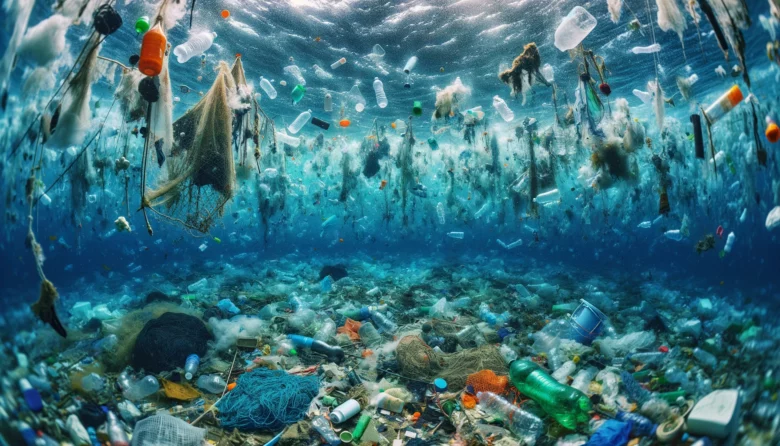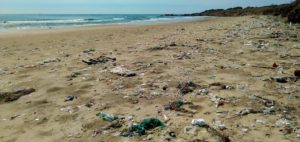Study: Up to 11 million tons of plastic waste on the sea bottom

The amount of plastic in the ocean depths could be up to 100 times greater than the plastic waste floating on the ocean’s surface. A new study by the Australian science agency Csiro and Canada’s University of Toronto has taken an in-depth look at plastic waste and provides the first estimate of how much plastic ends up on the ocean bottom (seabed). The numbers are shocking – up to 11 million tons of plastic lie on the bottom of the ocean.
Much of the plastic sinks into the depths
On average, a full garbage truckload of plastic ends up in the world’s oceans every minute and then floats around in the water. The waste does not remain on the surface but rather sinks into deeper waters. The researchers assume that there are already an estimated 3 to 11 million tons of plastic waste on the seabed today. This was investigated using remotely operated underwater vehicles (ROVs) and bottom trawls. For the first time, it was possible to roughly quantify how much plastic waste ends up on the seabed. According to Csiro researcher Denise Hardesty, they also checked where exactly the plastic accumulates before it breaks down into smaller pieces and mixes with the sea sediment.
UN plans globally binding agreement against plastic pollution
Doubling plastic consumption by 2040
That huge amount of plastics end up in the ocean is a fact known for a long time. What is new, however, is the knowledge of how much of it piles up on the botton. There have been estimates of microplastics in the past but the new study looks at larger plastic items such as nets, cups or bags. “Plastic production is increasing at an unprecedented rate,” continued the CSIRO chief scientist. Plastic consumption is expected to double in the next 16 years, so understanding how and where the plastic ends up is important to protecting marine ecosystems and wildlife.
Plastic on the seabed: up to 100 times more than on the sea surface
Alice Zhu, PhD candidate at the University of Toronto, describes the ocean surface as a temporary resting place for plastic. She emphasizes how urgent it is to prevent more plastic from ending up in the oceans. This is the only way there would be a chance of reducing the amount of plastic that has already accumulated. Plastic is generally very difficult to decompose. “This is exacerbated by the extremely slow degradation of plastic in cold environments that lack both oxygen and UV radiation,” the study says.
Around 46 percent of the estimated plastic mass is said to be above a water depth of 200 meters, while the scientists suspect the rest (54 percent) to be at depths of up to 11,000 meters. The same amount of plastic is predicted for the inland and coastal seas as for the rest of the seabed. And this even though they occupy a much smaller area than the oceans, at 11 percent compared to 56 percent. “These findings help to fill a longstanding knowledge gap on the behavior of plastic in the marine environment,” concluded Zhu.
New opportunities and issues after the end of single-use plastics in the EU





























